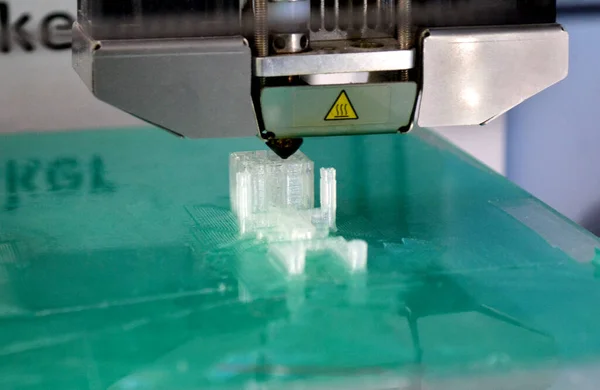Two materials in the family of Polyaryl ether ketones (PAEK). Increasingly used by traditional manufacturing industry (plastic injection, machining, etc.) are PEEK and PEKK, which are high-performance polymers. They are also used in additive manufacturing industries as material for creating 3D printed product due to its chemical and mechanical properties. PEEK filament and PEKK filament are high performance polymer and excellent material for creating your product prototype.
PEEK and PEKK both have some common as they belong to the same family of polymers but differ in certain characteristics due to their composition.
PEEK and PEKK, therefore, have common properties, understandable as they belong to the same family of polymers. However, some of their characteristics differ due to their composition.
We now look at different properties of PEEK and PEKK, and see which is better amongst the two –
- Composition and CharacteristicsComparing the composition and properties of PEEK and PEKK would enable us to understand how they perform during the manufacturing process. Both PEEK and PEKK are semi-crystalline and amorphous thermoplastics. PEEK has a molecular structure of 1 ketone and 2 ethers, whereas PEKK which has an inverse molecular structure of 2 ketones and 1 ether. Hence in case of PEKK, the ketone bonds are more flexible. This gives PEKK a higher flexibility. This means that PEKK has a higher glass transition temperature (the temperature at which the polymer starts to soften) and melting temperature than PEEK.
- Strengths and temperature resistance:
Both PEEK and PEKK have high mechanical strength, high-temperature resistance, fatigue resistance, and low flammability and are sterilisable. PEKK shows more resistance to chemical fluids, has good dielectric stability, and does not emit toxic fumes. PEEK has excellent mechanical properties and a good strength-to-weight ratio, making it a good substitute for some metals.
- Crystallinity:
PEEK and PEKK mainly differ in terms of their degree of crystallinity and the speed of crystallisation. The degree of crystallinity means the total number of crystalline regions present in a polymer and is represented as a percentage. In a 3D printing process, PEEK can achieve a high level of crystallisation, while PEKK has a much weaker crystal structure. The crystallinity affects the properties of the final piece while the speed of crystallization has an impact on the ease of printing.
Therefore, the lower the percentage of crystallization nuclei in the polymer, the faster the cooling process will be, and this prevents warping.
- Post-processing of PEEK and PEKK
Post-processing includes jobs done after the part has left the 3D printing machine; including but not limited to cleaning, surface finishing, annealing, and colouring. There are a wide variety of post-processing techniques in 3D printing as manufacturing processes themselves. Hence post-processing of PEEK and PEKK is not the easiest of tasks. Annealing of 3D printed parts with PEEK or PEKK is possible for improving the fusion of the layers and giving even higher mechanical properties to the final part. In addition, parts printed using PEEK can be machined using methods like drilling or milling, or metalised. 3D printing supports have been developed by some manufacturers for high-performance materials: These are however more expensive than conventional materials.
- Applications
PEEK and PEKK both find similar use in sectors such as aerospace, automotive, and aviation, due to their advanced properties such as mechanical and high-pressure resistance, lightness, rigidity, biocompatibility, etc.
PEEK has properties that facilitate osseointegration, whereas PEKK has better resistance to chemical fluids, making it useful for the oil and gas industry.
- The cost of PEEK and PEKK
PEEK and PEKK are more expensive than most polymers on the market due to their properties and characteristics.
Hence one needs to ensure that the 3D file is perfectly developed with the correct printing parameters to prevent costly mistakes.
- Manufacturers
Though PEEK and PEKK are mainly available as filaments, there are also powders for sintering, though this is only possible with PEKK. There are many PEEK manufacturers which have developed their own range of filaments, while there are several 3D printing material manufacturers that offer PEEK.
In summary, the choice of PEEK or PEKK depends on many factors as described above, however, both PEEK and PEKK are being increasingly preferred by industries for their inherent properties and as alternatives to other raw materials like metals.






